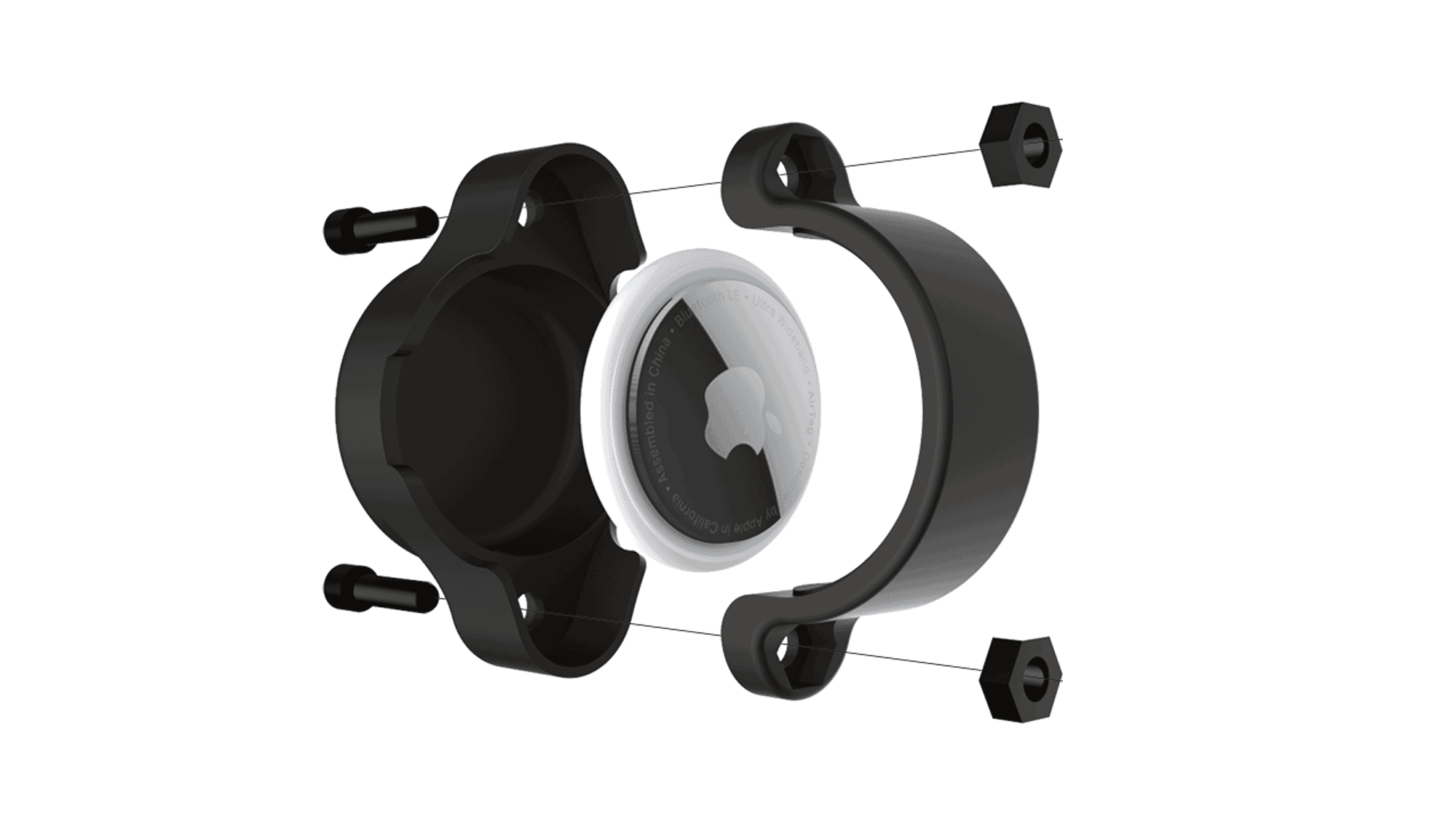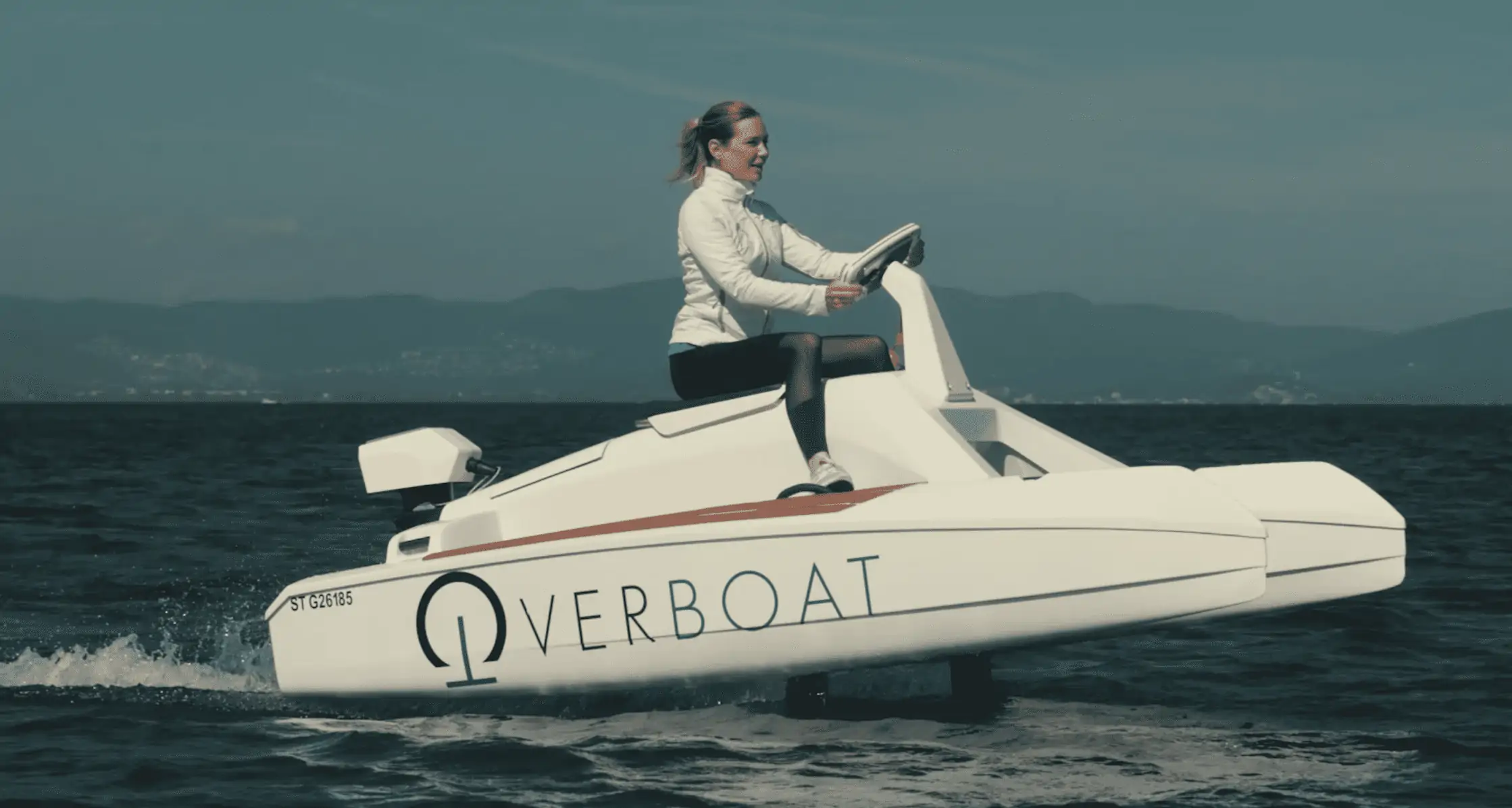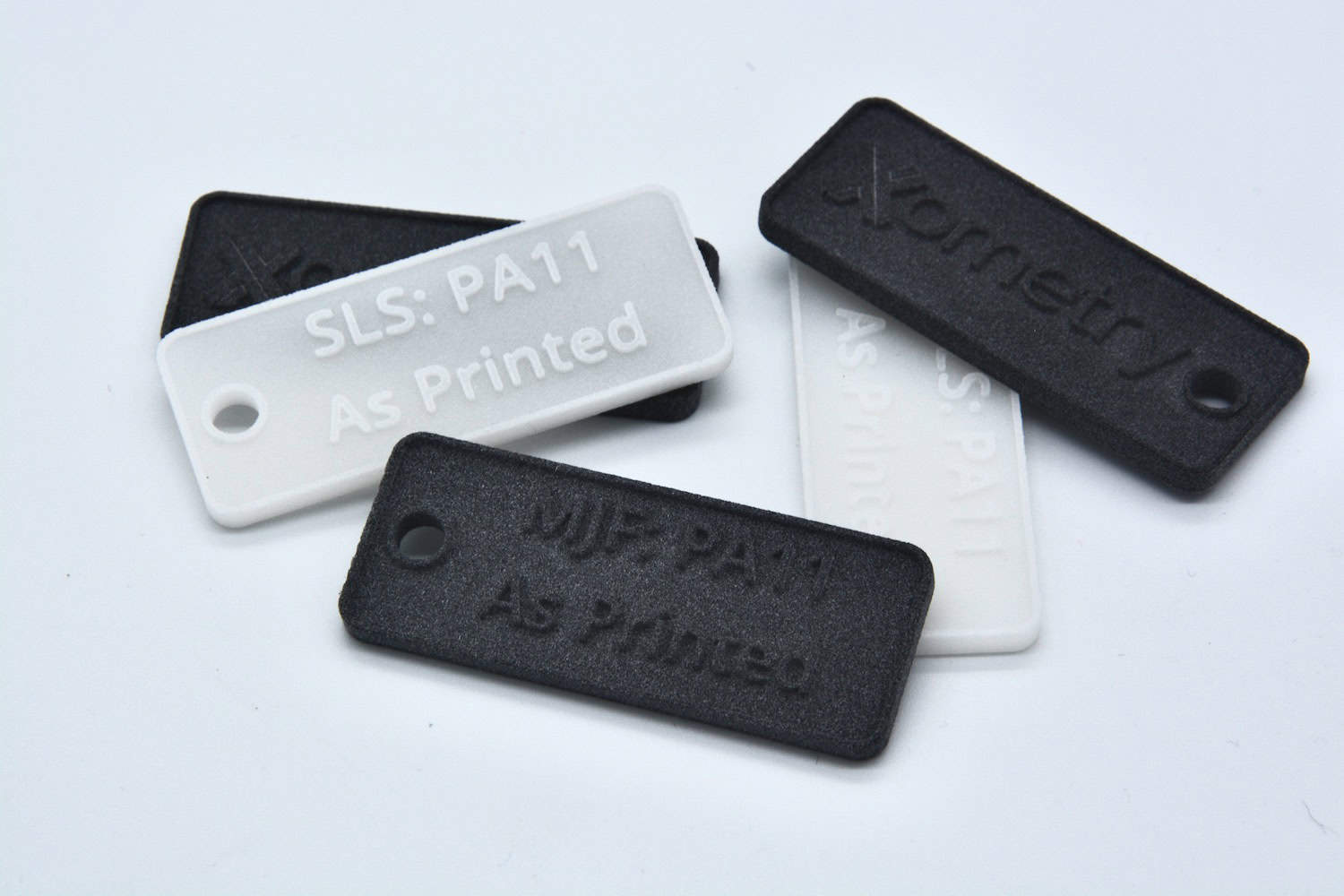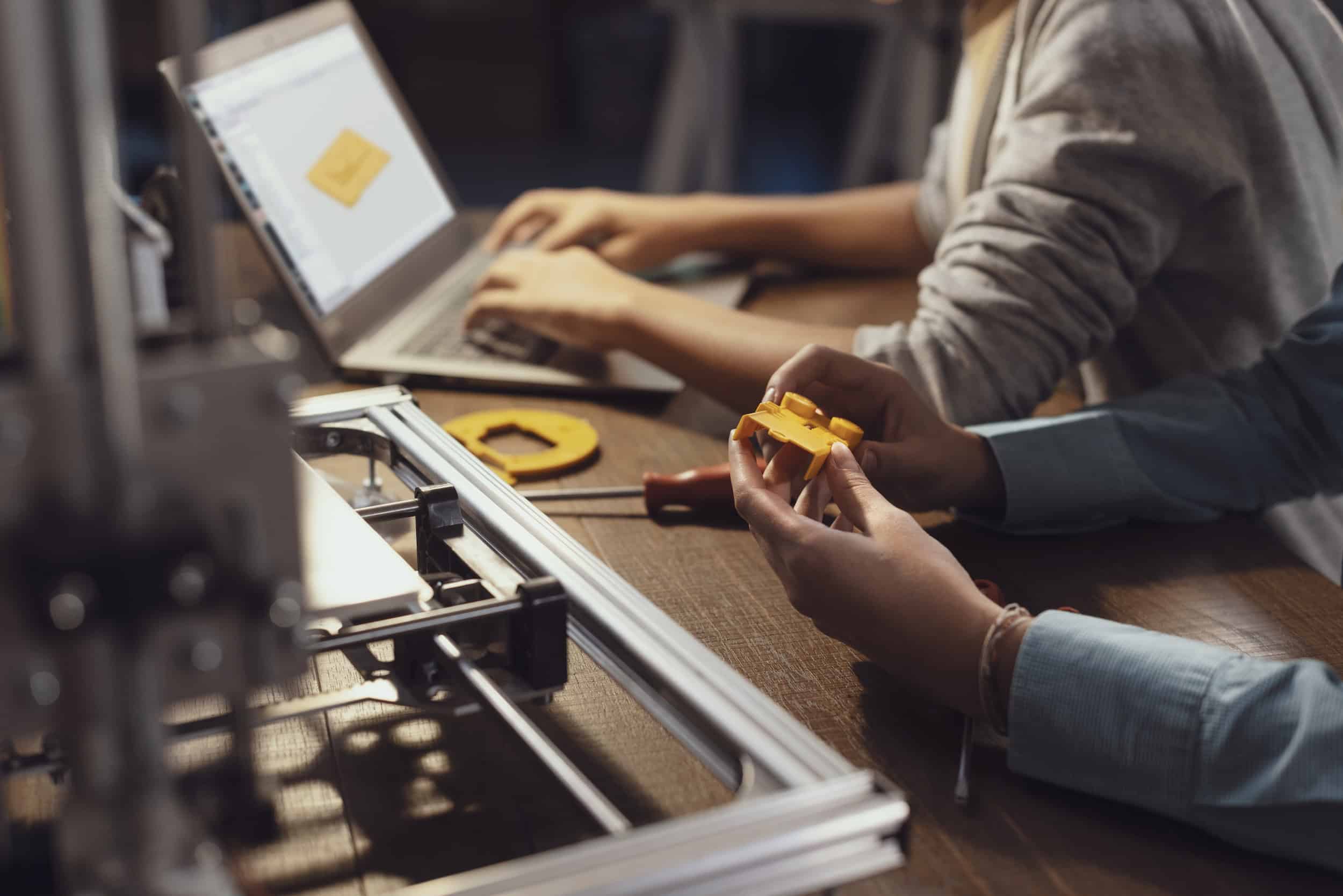HP Multi Jet Fusion (MJF) is one of the most commonly used 3D printing technologies for printing parts that are highly accurate and durable. Compared to its powder bed fusion counterparts like selective laser sintering (SLS), MJF prints are more cost-efficient at scale. The parts printed with MJF are widely used for prototypes as well as for end usage).
How Does Multi Jet Fusion Printing Work?
The Multi Jet Fusion 3D printing process follows five main steps:
- Step 1 – The printer head lays down a thin layer of material powder on the build platform
- Step 2 – An inkjet head moves across the powder layer and deposits two different types of liquid agents onto it: a fusing and a detailing agent
- Step 3 – A heating unit moves across the powder bed. Wherever a fusing agent was added, the layer below it melts together forming a shape, while the areas with detailing agent remain as loose powder without melting. The use of the detailing agent is to define the exact boundaries of the part for dimensional accuracy
- Step 4 – The powder is cleaned, which leaves the printed part with desired geometry. This loose powder eliminates the need for support structures, as the lower layers support those printed above them (like in SLS)
- Step 5 – To finish the printing process, the entire powder bed and the printed parts in it are moved to a separate processing station. Here, the majority of the loose unfused powder is vacuumed up, allowing it to be reused instead of producing excess waste.
Materials for Multi Jet Fusion 3D Printing
Materials used for MJF 3D printing can be divided into two categories:
- Rigid plastics: Nylon PA11, Nylon PA12, PP
- Flexible plastics: Estane 3D TPU M95A
Advantages of Multi Jet Fusion 3D Printing
MJF is one of the most popular 3D printing technologies applied for prototyping, for small batch production and thanks to its efficient scalability also for mid-sized series production. It has a set of advantages that makes it a unique 3D printing technology.
MJF Eliminates the Need for Support Structures
Since MJF 3D printing belongs to the powder bed fusion additive manufacturing technology, its designs do not need any support structures. While printing, all the empty spaces are filled with the unused loose powder, making MJF prints self-supportive. Multi Jet Fusion can be the best solution for printing complex designs instead of printing in multiple parts which generally is an issue when the alternatives like FDM are used.
MJF Prints Parts Directly in Colour
Multi Jet Fusion is one of the few technologies which can print engineering-grade plastics (Nylon 12) in full-colour. With this technology you can produce full-colour functional parts while maintaining optimal mechanical properties. Since it is indirect 3D printing, it is capable of creating full spectrum color parts with a voxel-control system and is much more accurate with colour reproduction.

MJF Has Good Physical and Mechanical Properties
With MJF, printing of a part in ultra-thin layers (80 microns) is possible. This results in low porosity and high density which allow the printed part to have high resolution and good dimensional accuracy. Surface finish of MJF printed parts is naturally very good. These properties make Multi Jet Fusion ideal for functional prototypes and small batches of end-parts. The MJF 3D printing process results in highly isotropic parts with high strength and consistency along all the directions.
Multi Jet Fusion Has a Good Price-Quality Ratio
Even though FDM can be a cheaper option, the dimensional accuracy and mechanical properties from the MJF part is much superior for almost the same price as FDM. Colouring and surface finish costs are also reduced as the prints come out coloured with good surface finish directly from the printer without the fuss of additional post processing.
MJF Has a Short Lead Time
The MJF process is quick in terms of printing speeds, even faster than SLS. Since the powdered material is easily available and the technology itself is more suitable for larger volumes than its counterparts thanks to the possibility to print several parts at once, MJF is commonly used for printing mid-sized batches as well.
MJF Produces Less Wastage
With MJF 3D printers, usually more than 50% of material is good enough to be reused after a print. It is aided by the processing station which sucks excess material back into the printer to be reused and can also clean prints. Less wastage also results in powder conservation and less environmental damage.

Disadvantages of Multi Jet Fusion 3D Printing
Apart from the advantages it offers, there are also a few common disadvantages that MJF possesses.
MJF Has Limited Material Options
MJF can only print with nylon powders (PA 11, PA 12), PP and TPU, whereas FDM has many more varieties to print with apart from the materials that MJF uses (like ABS, PETG, PLA, etc). Other printers can also support food grade materials. If the requirement matches the limited material availability of MJF, it’s a good option.
MJF Prints Have a Rougher Surface
Parts printed with MJF have good surface quality but it is rougher than the surface finish of parts produced by expensive options like stereolithography or Polyjet. Though parts can be post processed (media tumbling or vapour fusion) to improve their final surface quality, this additional finish increases the time and cost of the overall process.
Xometry’s MJF 3D printing Services
Xometry Europe offers Multi Jet Fusion services online, for on-demand 3D printing projects, for both prototypes and large batches. With a network of more than 2,000 partners all over Europe, Xometry is able to deliver MJF 3D printing parts in up to 3 days. Upload your CAD files to Xometry Instant Quoting Engine to get an instant quote with various manufacturing options available for MJF 3D printing.
 Europe
Europe  Türkiye
Türkiye  United Kingdom
United Kingdom  Global
Global 

 Login with my Xometry account
Login with my Xometry account  0
0

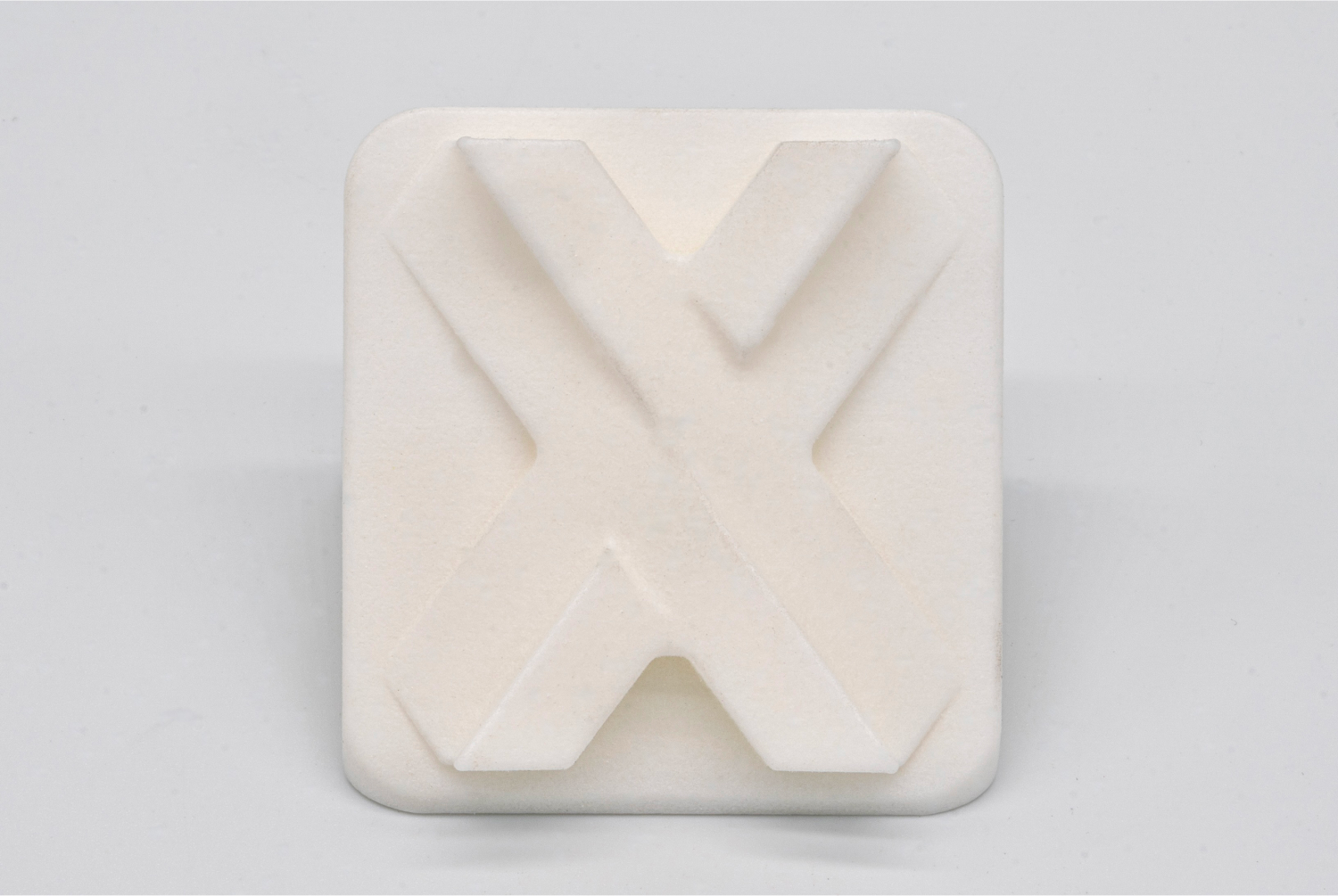





 Download
Download